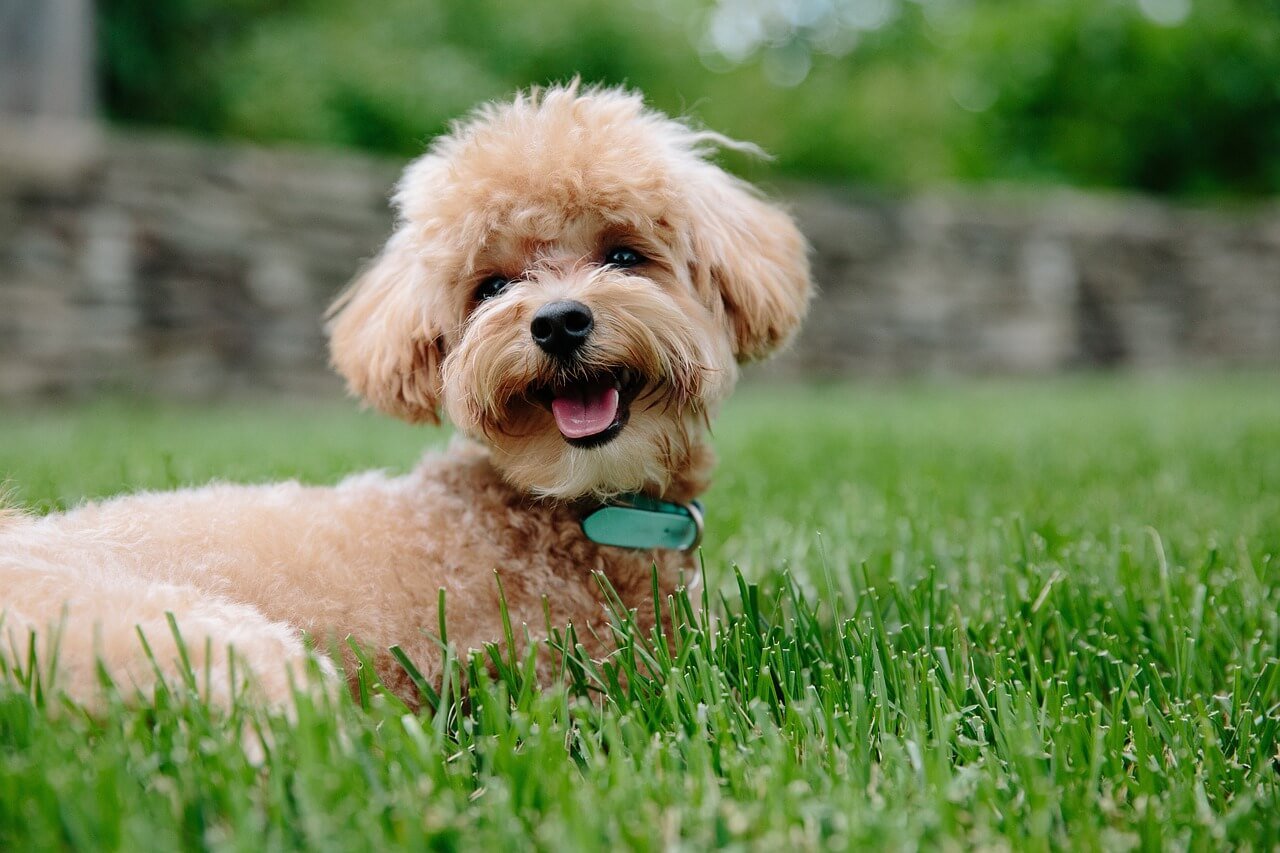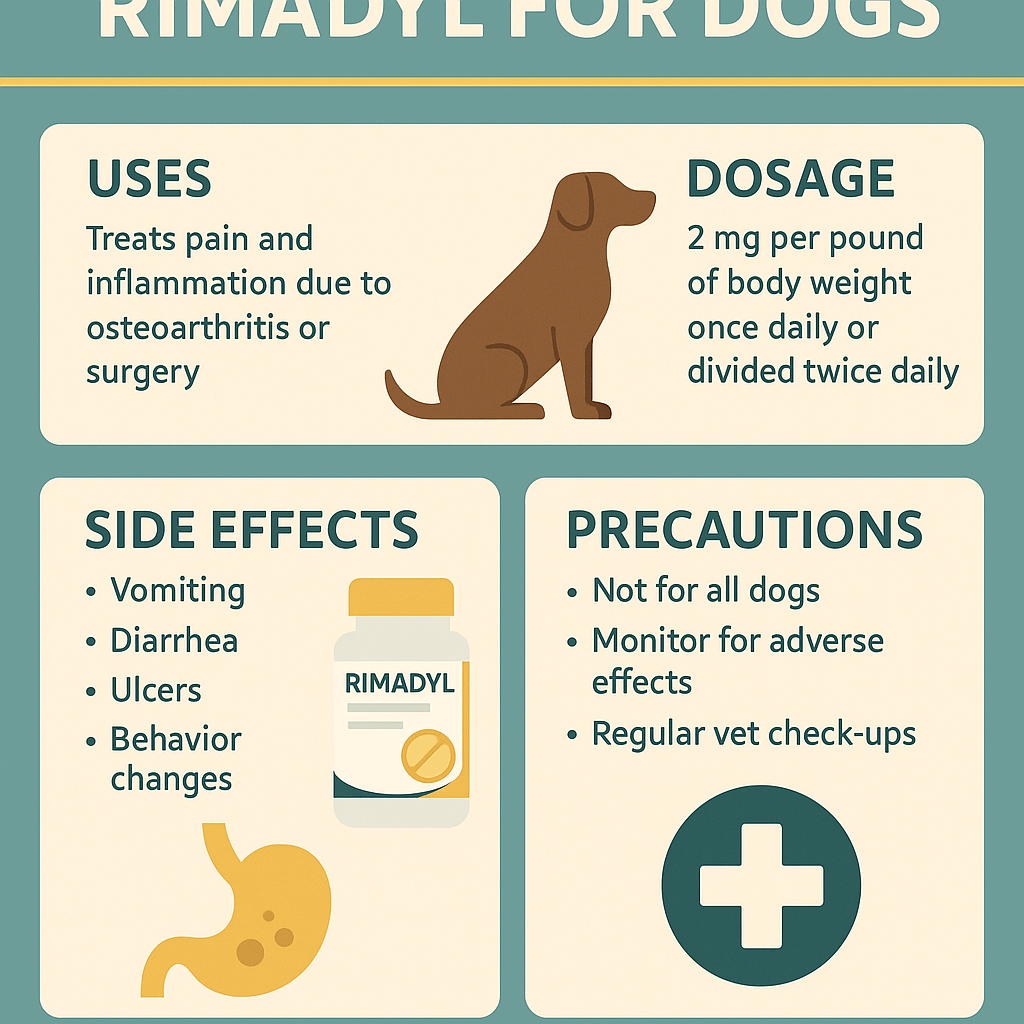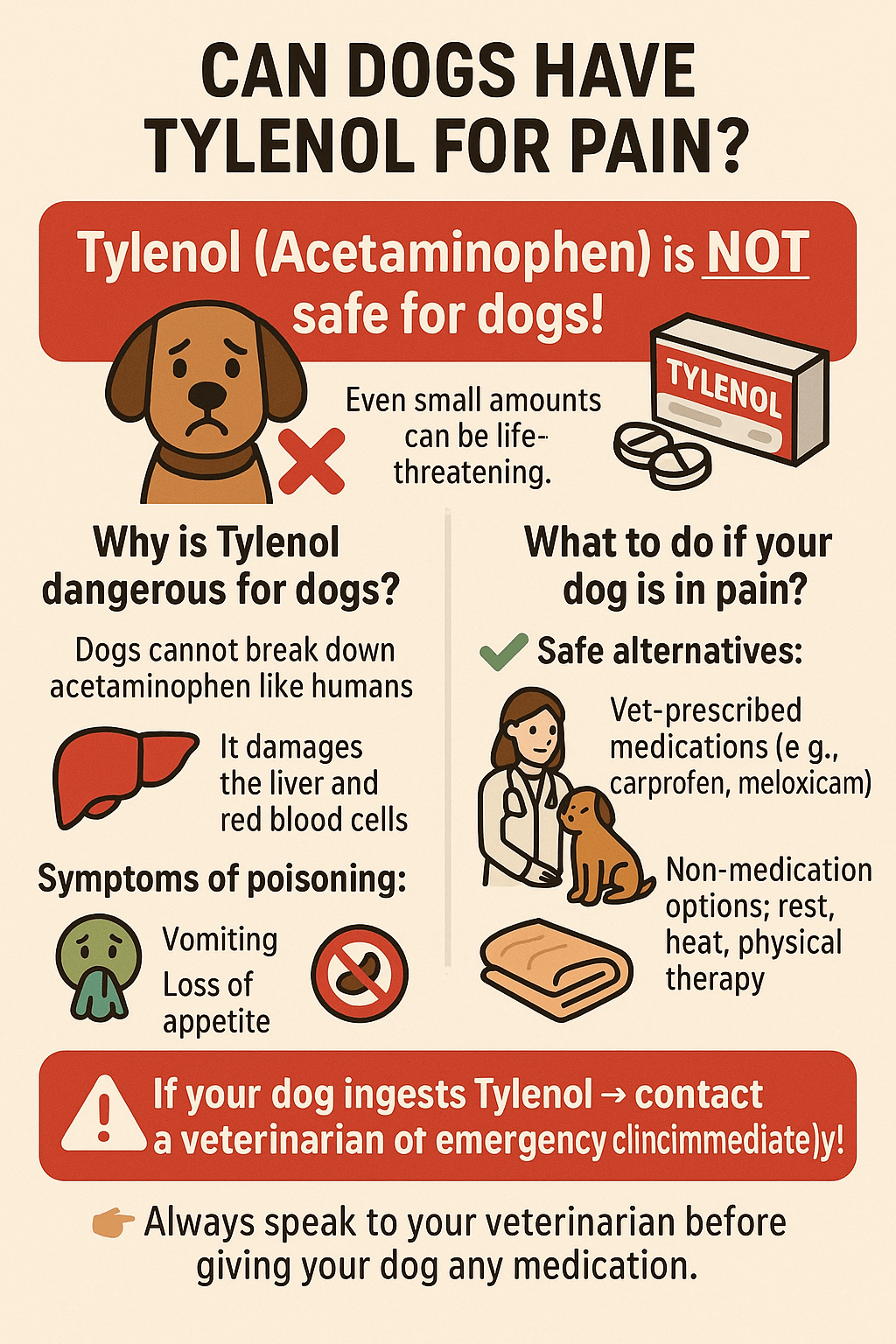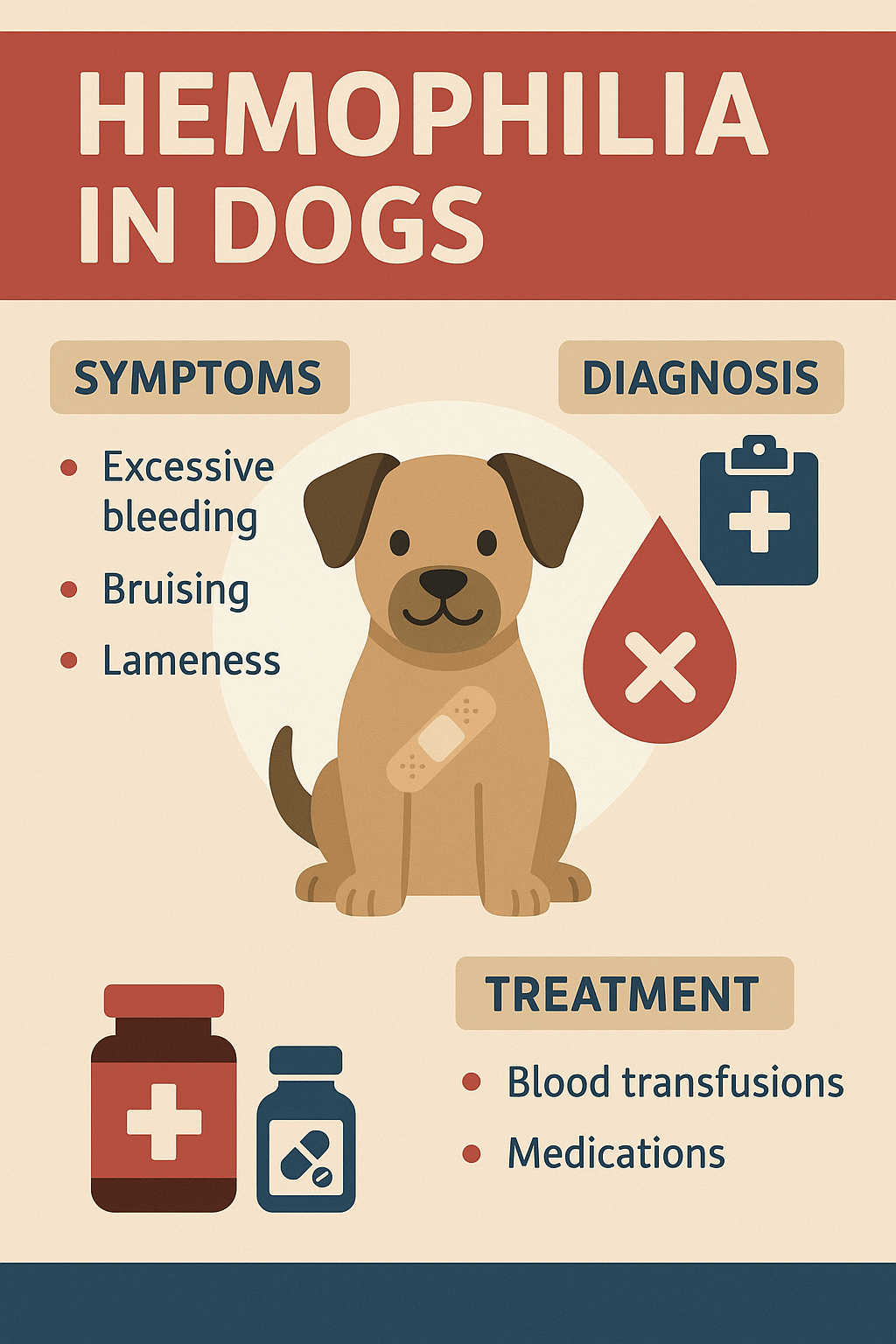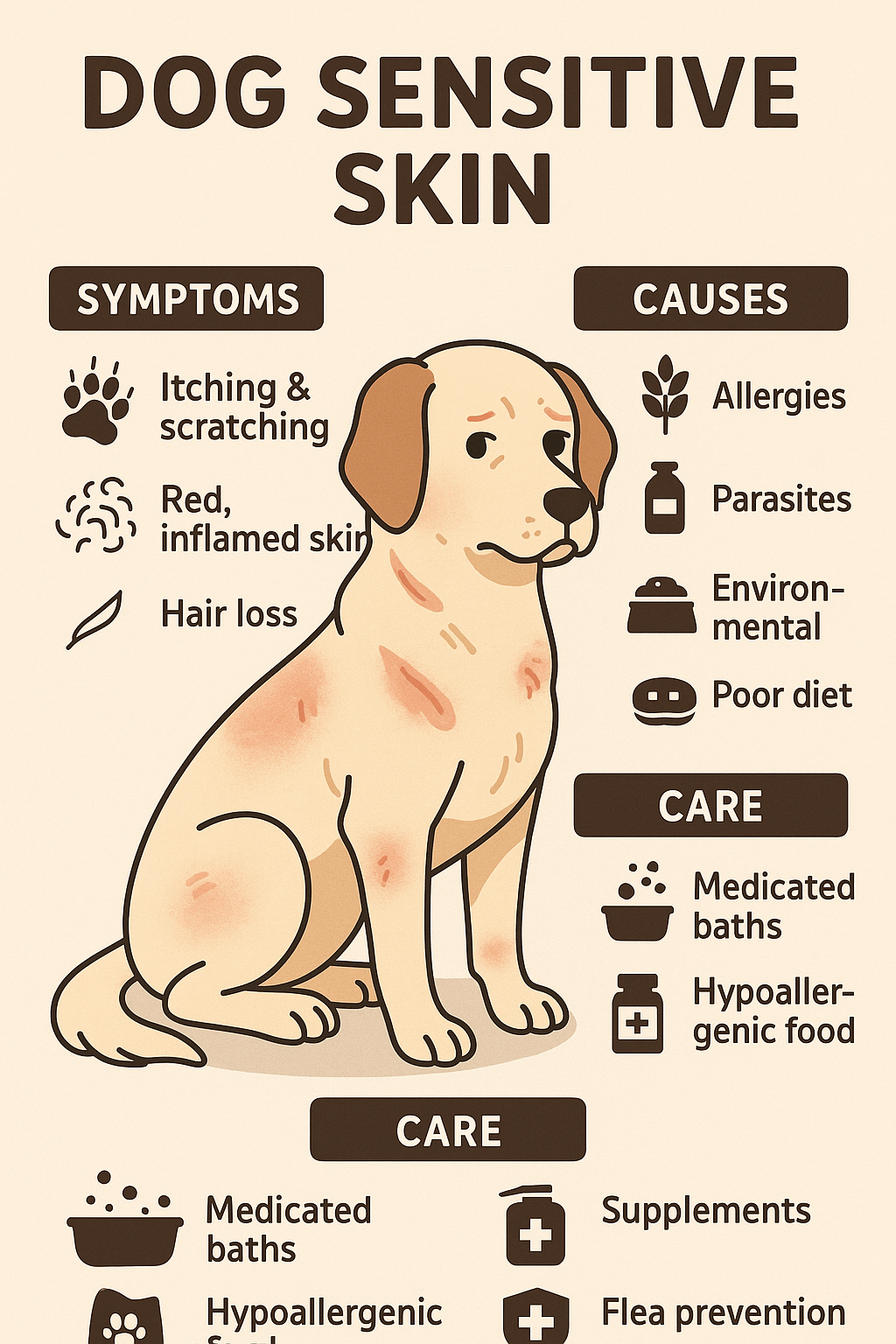What to Do If Your Dog Ate Tissue with Snot: A Guide for Concerned Pet Owners
Dogs are notorious for their curious and sometimes mischievous behavior, and it’s not uncommon for them to nibble on things they shouldn’t—like tissues. If your dog has eaten a tissue with snot, you might be wondering whether this is cause for concern. While tissues themselves are generally not toxic, there are still factors to consider, such as the amount ingested, potential blockages, or underlying health issues that may have led to this behavior. In this blog post, we’ll explore what happens when your dog eats a tissue with snot, how to assess the situation, and steps you can take to ensure their safety. By the end, you’ll feel more confident handling this unusual but manageable scenario.
Why Do Dogs Eat Tissues?
Understanding why your dog might eat tissues can help prevent future incidents and address any underlying issues. Dogs often engage in this behavior for various reasons, ranging from curiosity to medical concerns. Here are some common explanations:
Boredom: Dogs with insufficient mental or physical stimulation may chew on objects like tissues for entertainment.
Anxiety or Stress: Nervous dogs may resort to chewing or eating non-food items as a coping mechanism.
Pica Behavior: Some dogs develop pica, a condition where they crave and consume non-food items due to nutritional deficiencies.
Natural Instincts: Dogs are naturally drawn to scents, and a tissue with snot may attract their attention because of its smell.
Teething or Dental Issues: Puppies or dogs with dental discomfort may chew on soft items like tissues to relieve pain.
By identifying the root cause, you can take steps to discourage this behavior and ensure your dog’s well-being. Addressing boredom, anxiety, or health issues can go a long way in preventing future incidents.
Potential Risks of Eating Tissues
While eating a single tissue with snot is unlikely to harm your dog, there are potential risks depending on the quantity and circumstances. Here’s what you should be aware of:
Gastrointestinal Blockage: Large amounts of tissue can clump together in the stomach or intestines, causing an obstruction.
Digestive Upset: Consuming non-digestible materials may lead to vomiting, diarrhea, or mild stomach discomfort.
Ingestion of Harmful Substances: If the tissue was used with cleaning products or medications, it could pose a toxicity risk.
Choking Hazard: Large pieces of tissue may get stuck in the throat, especially in smaller dogs.
Underlying Health Issues: Frequent tissue-eating could indicate an underlying medical or behavioral problem that needs attention.
If your dog shows signs of distress, such as vomiting, lethargy, or difficulty breathing, seek veterinary care immediately. Otherwise, monitor them closely for any unusual symptoms.
Check this guide 👉What to Do If Your Dog Ate Dental Floss: Best 7 Tips!
Check this guide 👉What to Do If Your Dog Ate a Cotton Ball: Best 7 Tips!
Check this guide 👉My Dog Ate a Raw Sweet Potato: Best 7 Expert Tips!
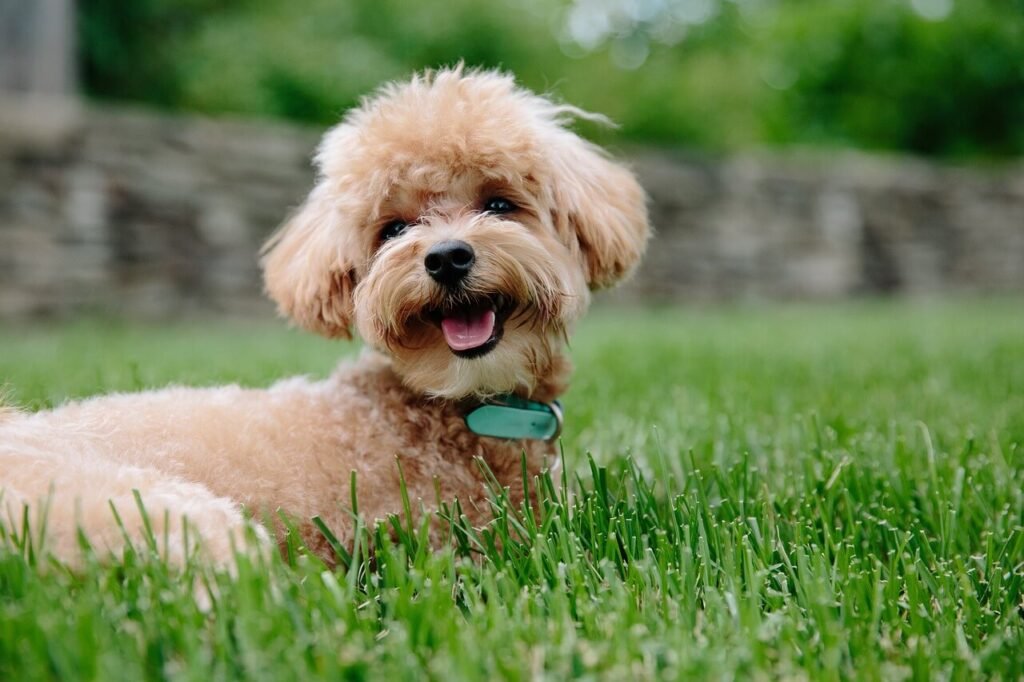
Signs to Watch For | What They Might Indicate |
|---|---|
Vomiting or Diarrhea | Possible digestive upset or blockage |
Lethargy or Weakness | Potential poisoning or internal issue |
Loss of Appetite | Discomfort or illness |
Pawing at Mouth or Drooling | Choking hazard or irritation in the throat |
Excessive Gagging or Coughing | Partial blockage or respiratory issue |
Steps to Take if Your Dog Ate Tissue with Snot
If your dog has eaten a tissue with snot, staying calm and taking appropriate action is essential. Here’s what you should do:
Assess the Situation: Determine how much tissue was consumed and whether it contained any harmful substances.
Monitor Your Dog: Keep a close eye on their behavior, appetite, and bowel movements for the next 24-48 hours.
Encourage Hydration: Offer fresh water to help the tissue pass through their system more easily.
Avoid Inducing Vomiting: Unless instructed by a vet, avoid making your dog vomit, as this could cause further complications.
Contact Your Veterinarian: If you notice any concerning symptoms or if your dog ate a large quantity, consult your vet for professional advice.
Acting promptly and responsibly ensures your dog stays safe and healthy. Most cases resolve without issue, but vigilance is key.
How to Prevent Your Dog from Eating Tissues
Preventing your dog from eating tissues in the first place is the best way to avoid potential problems. Here are some practical tips to keep your pup safe:
Secure Trash Bins: Use lidded trash cans to prevent your dog from accessing used tissues.
Provide Chew Toys: Offer durable, engaging chew toys to redirect their chewing instincts away from inappropriate items.
Supervise Playtime: Keep an eye on your dog during play or when they’re exploring new environments.
Train Basic Commands: Teach commands like “leave it” or “drop it” to stop them from eating forbidden objects.
Address Underlying Issues: If your dog frequently eats non-food items, consult a vet to rule out medical conditions like pica or anxiety.
By implementing these strategies, you can minimize the chances of your dog snacking on tissues again. Prevention is always better than dealing with the aftermath.
Signs Your Dog May Have Eaten Something Harmful
If your dog has eaten a tissue with snot, it’s important to watch for signs that they may have ingested something harmful or are experiencing discomfort. While tissues themselves are generally safe, complications can arise in certain situations. Here’s what to look out for:
Vomiting: Repeated vomiting may indicate irritation or blockage in the digestive tract.
Diarrhea: Loose stools could suggest that your dog’s system is struggling to process the ingested material.
Lethargy: A sudden lack of energy or interest in activities may signal internal discomfort or illness.
Loss of Appetite: Refusal to eat meals could be a sign of nausea or gastrointestinal distress.
Abdominal Swelling: A bloated or tender abdomen might indicate a blockage or other serious issue.
By recognizing these symptoms early, you can take prompt action to address any potential problems and ensure your dog receives the care they need.
Safe Alternatives to Tissues for Chewing
To prevent your dog from eating tissues, it’s helpful to provide safe and engaging alternatives that satisfy their chewing instincts. Offering appropriate items can redirect their behavior and keep them entertained. Here are some great options:
Durable Chew Toys: Rubber or nylon toys designed for heavy chewers are long-lasting and safe.
Edible Dental Chews: These treats help clean teeth while providing a satisfying chewing experience.
Interactive Puzzle Toys: Toys that dispense treats encourage mental stimulation and focus.
Frozen Treats: Frozen carrots or specially-made dog-safe ice cubes can soothe teething gums and satisfy chewing urges.
Stuffed Kongs: Fill a Kong toy with peanut butter or wet food, then freeze it for a fun and challenging snack.
Providing these alternatives not only keeps your dog entertained but also reduces the likelihood of them seeking out inappropriate items like tissues.
Tips for Dog-Proofing Your Home
Dog-proofing your home is an essential step in preventing your dog from eating tissues or other non-food items. Creating a safe environment minimizes risks and ensures your dog stays healthy. Here are some practical tips:
Store Trash Securely: Use bins with tight-fitting lids or place them in cabinets to prevent access to used tissues and other waste.
Keep Small Items Out of Reach: Store small objects like socks, paper towels, and cleaning supplies in closed drawers or high shelves.
Use Baby Gates: Block off areas where your dog might find tempting items, such as bathrooms or bedrooms.
Supervise During Playtime: Always keep an eye on your dog when they’re exploring new spaces or playing unsupervised.
Teach “Leave It”: Reinforce the “leave it” command to stop your dog from picking up forbidden objects.
By taking these precautions, you can create a safer environment for your dog and reduce the chances of them getting into trouble. A little preparation goes a long way in keeping your furry friend happy and healthy.
Frequently Asked Questions About Dogs Eating Tissues
Is it dangerous if my dog ate a tissue with snot?
In most cases, eating a small amount of tissue is harmless, but monitor your dog for signs of digestive upset or blockage.
What should I do if my dog ate multiple tissues?
Monitor them closely for symptoms like vomiting or lethargy, and contact your vet if you’re concerned about a blockage.
Can eating tissues cause poisoning?
Only if the tissues were exposed to harmful substances like cleaning chemicals or medications.
How can I stop my dog from eating tissues?
Use training, supervision, and enrichment activities to redirect their behavior and remove access to tissues.
When should I take my dog to the vet?
Seek veterinary care if your dog shows signs of choking, vomiting, lethargy, or abdominal pain after eating tissues.
In Conclusion: Staying Calm and Proactive When Your Dog Eats Tissue
Finding out that your dog ate a tissue with snot can be unsettling, but in most cases, it’s not a serious issue. By understanding the potential risks, monitoring your dog’s condition, and taking preventive measures, you can ensure their safety and well-being. Remember, dogs will always be curious creatures, and part of being a responsible pet owner is guiding them toward healthier habits. If you ever feel unsure about your dog’s health after such an incident, don’t hesitate to reach out to your veterinarian for guidance. With patience and care, you can keep your furry friend happy, healthy, and out of trouble.
Rimadyl for Dogs: Best 7 Expert Tips! Discover expert advice on using Rimadyl safely, managing pain, and improving your dog’s mobility with trusted veterinary insights.
Can Dogs Have Tylenol for Pain? Best 7 Expert Tips! Discover the risks, safe alternatives, and expert advice on managing your dog’s pain effectively while avoiding harmful medications.
Understanding Hemophilia in Dogs: Best 7 Expert Tips! Discover expert advice on managing hemophilia, recognizing symptoms, and ensuring your dog’s well-being with practical care strategies.
Understanding Dog Sensitive Skin: Best 7 Expert Tips! Discover expert advice on managing dog sensitive skin, relieving irritation, and improving your pup’s comfort with practical solutions.

